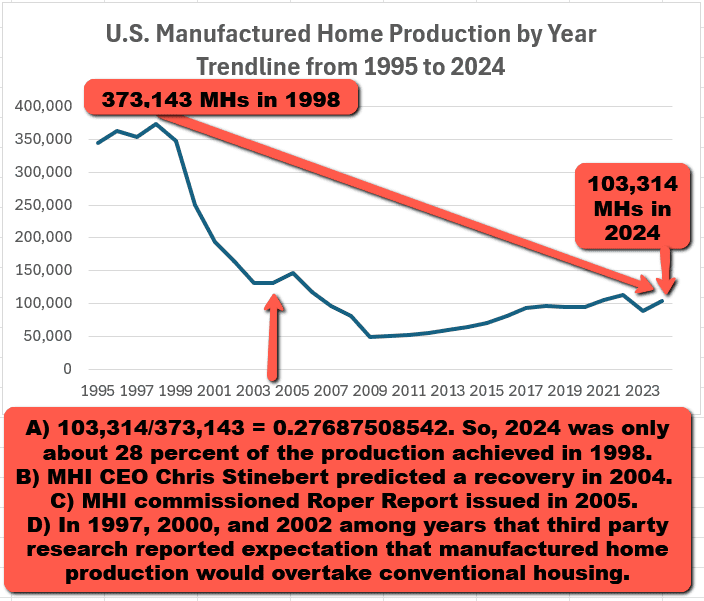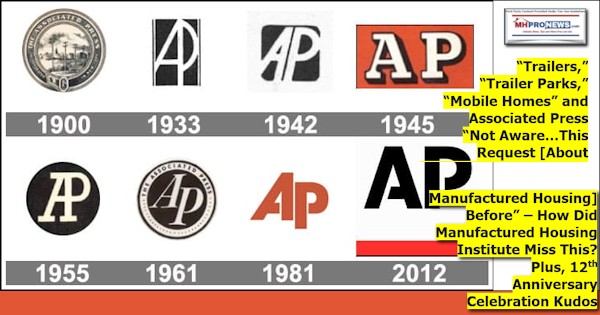When this writer for MHLivingNews and MHProNews first read the article by HUD researchers Pamela Blumenthal and Regina Gray entitled “Opportunities to Increase Housing Production and Preservation” it was our immediate editorial stance that they duo has provided an array of useful insights and information. When one administration leaves and another moves in there are times when certain articles are moved from their original place online and are moved elsewhere. In the case of that Blumenthal and Gray report, MHProNews is told by a HUD staffer that provided that article for our use that “articles are temporarily unavailable as we do some reorganization of the website, so I’m providing you a PDF copy of the article.” Hopefully, it will come back soon because the article is useful in so many ways, as this article will aim to demonstrate. Star Parker is the president and founder of CURE. Per that organization: “In 1995, Parker founded the Coalition on Urban Renewal and Education, and later changed its name to the Center for Urban Renewal and Education (CURE). She founded CURE to bring new ideas to policy discussions on how to transition America’s poor from government dependency to self-sufficiency.” It should arguably be a goal of nonprofit or government programs that support for an individual or family be transitional to what Parker aptly called “self-sufficiency.” This is where manufactured homes will enter the picture, as was explored in the report linked below. Parker said:

1) Parker said in part the following.
Knowing our new Secretary of HUD Scott Turner, I’m sure he is aware of the often-quoted observation that insanity is doing the same thing but expecting different results.
For sure, with regard to housing and communities, it is time for something entirely new by bringing back something entirely old: the truths that lie in real community, private property and ownership, personal responsibility and family.
2) Quite so. Back Blumenthal and Gray’s temporarily moved article from HUD Edge, linked here and here are the following remarks.
The United States needs more housing, and more varied types of housing, to meet households’ needs throughout the country.
3) HUD Secretary Turner said during his confirmation hearing something similar.
As a country, we’re not building enough housing. We need millions more homes of all kinds, single family, apartments, condos, duplexes, manufactured housing, you name it, so individuals and families can have a roof over their heads and a place to call home.
4) Turner also said the following.
“My job [as HUD Secretary] would be to uphold the laws on the books.”
5) Along with this.
Take the Point-In-Time homelessness figures HUD released several weeks ago. On one single night, there were 770,000 Americans experiencing homelessness. Let that sink in: 770,000 homeless Americans. That’s not only an all-time high, it’s an increase of 32 percent from just two years ago. That’s a national embarrassment and something that cannot continue.
6) Here is the article that has Turner’s statements and some related commentary.

7) Back to what Blumenthal and Gray wrote.
Although home production has recently been on the rise, building permits, one indicator of new housing supply, remain below historical averages and far below the level needed to eliminate the deficit in housing.
Without significant new supply, cost burdens are likely to increase as current home prices reach all-time highs…
These data emphasize the urgency of employing opportunities for increasing the supply of housing and preserving the existing housing portfolio.
The regulatory environment — federal, state, and local — that contributes to the extensive mismatch between supply and need has worsened over time. Federally sponsored commissions, task forces, and councils under both Democratic and Republican administrations have examined the effects of land use regulations on affordable housing for more than 50 years. Numerous studies find land use regulations that limit the number of new units that can be built or impose significant costs on development through fees and long approval processes drive up housing costs. Research indicates higher housing costs also drive up program costs for federal assistance, reducing the funds available to serve additional households.
8) Blumenthal and Gray, in this specific post, didn’t mention manufactured homes, but they did link information that cited manfuactured homes. Now HUD Secretary Turner, during that confirmation hearing, specifically mentionted how important manufactured homes are as part of the “millions” of new units needed to solve the affordable housing crisis. Additionally, Regina Gray, in an article previously reported on an unpacked by MHProNews went into detail on manufactured housing specifically.
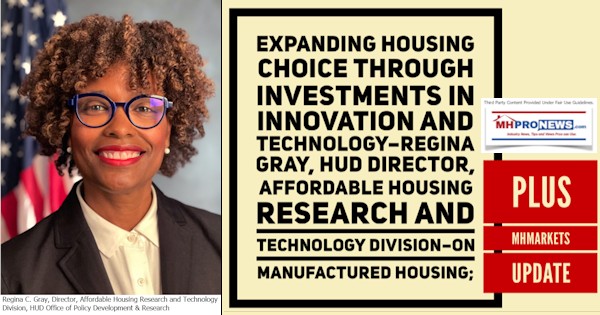
9) Gray said in the item linked above: “Operation Breakthrough’s biggest accomplishment…was the adoption of the HUD Code, which introduced the industry and the world to manufactured housing.” While that may have been a bit of an exageration for literary flair, her broad point about manufactured housing being the crown jewel, in terms of production volume, of the various forms of factory-based home building.
10) Numerous thinkers and officials have observed the importance of offering affordable home ownership that allows people of modest income to buy a home and build equity. Over time, those who plan and execute properly can own a home outright. Once a home is owned outright the only costs are upkeep, utilities, taxes and such which are routinely also a cost for those who are still making monthly housing payments too. Restated, there is an opportuity for many to not only save money and build equity while making monthly payments, but there is also an ability for many to create a multi-generational asset that can make the life for the next generation in numbers of families financially better positioned in life.
11) Because manufactured homes can be the same or even less costly per month than single family or apartment rentals, it is an obvious free market solution to the affordable housing crisis.
12) The above was research by Scholastica “Gay” Cororaton published by the National Association of Realtor (NAR) linked Realtor University’s Journal of Real Estate Studies.
13) Freddie Mac said that potentially 25 to 26 million households that are currently renting could qualify for the lending to own a manufactured home.

14) As numerous researchers have observed, beyond Blumenthal and Gray, about barriers caused by local zoning laws to all sorts of housing, but perhaps particularly so for affordable mainstream manufactured homes. Oddly, in a widely bipartisan fashion, Congress enacted in a widely bipartisan way almost 25 years ago what was dubbed the Manufactured Housing Improvement Act of 2000 (a.k.a.: MHIA, MHIA 2000, 2000 Reform Act, 2000 Reform Law). Then Senator Joe Biden (DE-D) co-sponsored that legislation at that time. So, why wasn’t that legislation properly enforced during the Obama-Biden (D) era or during the Biden-Harris (D) years? Because a key feature of that law was a provision known as “enhanced preemption,” a tool that the HUD Secretary and legal staff could use to overcome local zoning barriers.

15) In 2003, Representatives Barney Frank (MA-D), Maxine Waters (CA-D), and the others named below issued a letter to then HUD Secretary Mel Martinez. Those lawmakers rightly chastized Martinez, a President George W. Bush (R) appointee for failure to properly and consistently enforce that then still newly conveyed Congressional authority to overcome zoning barriers. But just as they politely but clearly slapped Sec Martinez’s hand, why didn’t some of those same lawmakers fail to do similarly to Obama-Biden (D) era HUD leaders or Biden-Harris (D) era HUD and federal leaders?

16) To understand why this “enhanced preemption” principle is so important, the experience of so-called accessory dwelling units (ADUs) in California and elsewhere took off ‘like a rocket’ once statewide preemption was enacted. By extension, if something similar occurred at the federal level for affordable mainstream manufactured homes, which was the purposed of that “enhanced preemption” provision of manufactured housing, manufactured home production could rise 500 percent or more nationally. Given that last year (2024) manufactured housing produced 103,314 new HUD Code manufactured homes were built, a 5-fold increase would mean 516,570 new homes a year. While that wouldn’t cure the affordable housing crisis instantly, that would mean that every year a roughly 400,000 additional lower cost new homes could be sold annually. Furthermore that would mean that manufactured housing could rise beyond that half-a-million new home annual production mark as more producers would likely be attracted to the industry.

Prior Manufactured Housing Institute (MHI) president and CEO, Richard “Dick” Jennison, said something that resulted in a similar potential for the industry.
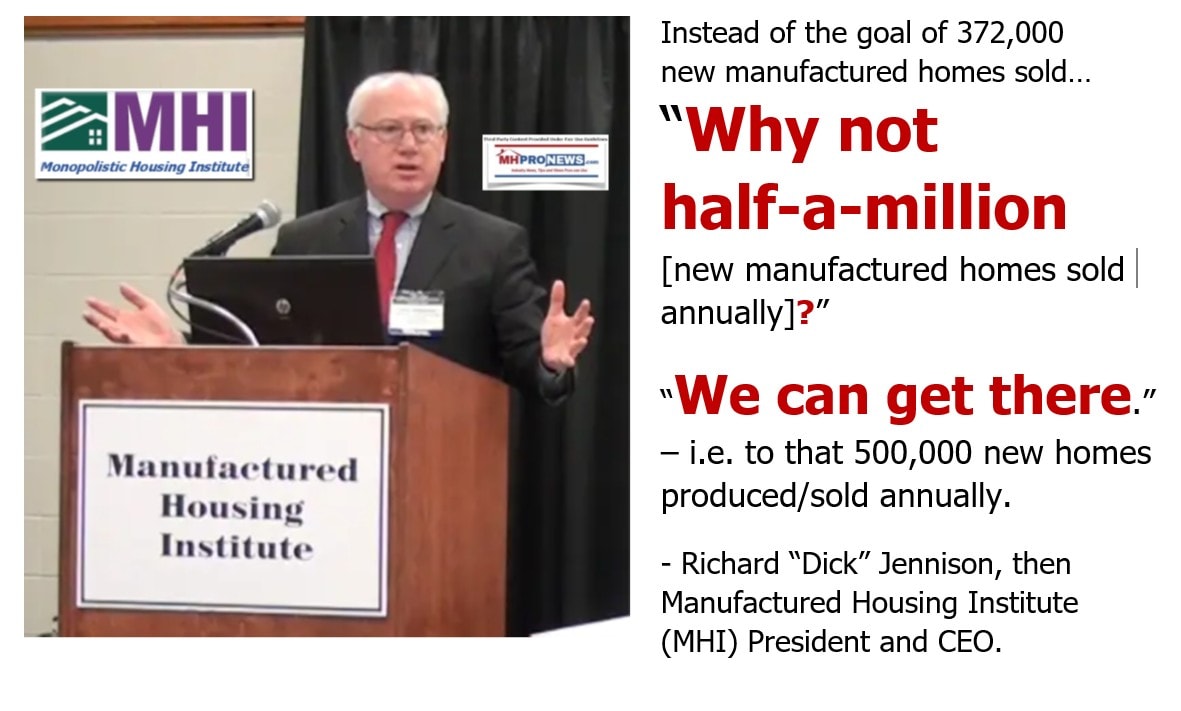
17) Given that manufactured housing pre-1974 produced well over 500,000 new homes a year, there is obviously evidence that this is not only possible, but was previously acheived. Manufactured home researchers like various Federal Reserve officials Elena Falcettoni, James A. “Jim” Schmitz Jr., and Mark L. J. Wright as well as Samuel “Sam” Strommen came to the complimentary conclusions that forces alligned with HUD, conventional builders, and within the MHI side of the manufactured housing industry has plenty of evidence that much more could be done and that the affordable home seeking public would benefit.

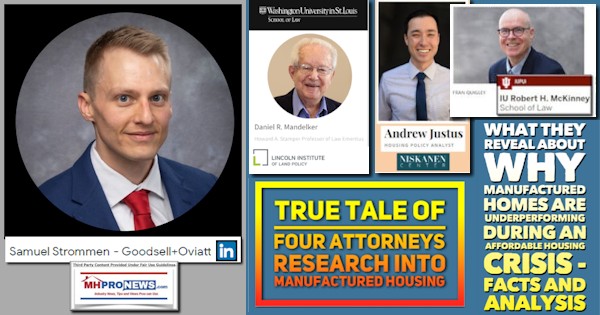
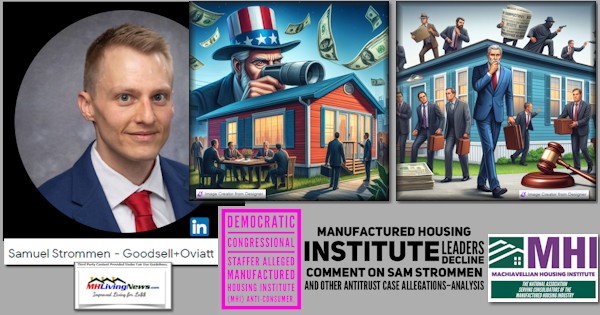
18) There is extensive evidence that people in and beyond manufactured housing are, and have for years, been working to limit production and limit development. In the case of MHI, they do so while posturing efforts for growth the never seem to take the industry much beyond the 100,000 units per year production level.

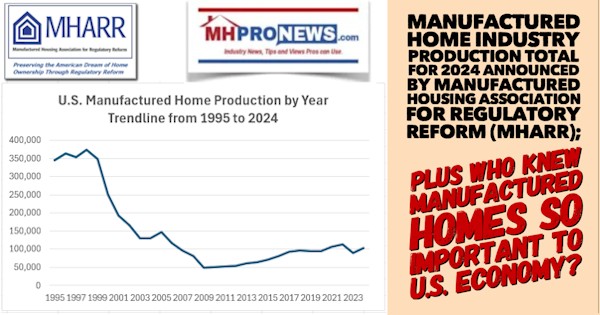
19) Blumenthal and Gray shed light on that in the sense that they pointed to zoning and regulatory barriers have limited production. HUD has known this, they said, for 50 years.
20) It will take someone willing to go beyond status quo thinking, as Star Parker suggested, to change this pattern. Will that be HUD Secretary Scott Turner? If so, then count on MHLivingNews and our MHProNews sister site to cheer such efforts at enforcing existing laws that could rapidly bring positive change about. If Turner fails to do so, expect our platforms to so report. See the linked and related reports to learn more.














Mobile Home and Manufactured Home Living News explores the good, bad, and ugly realities that keep the most proven form of affordable home ownership under-appreciated and misunderstood. MHLivingNews provides third-party research and other resource collections and reports not found on other sites. We also provide thought provoking analysis that are designed to open minds and hearts. This is the widely acknowledged best source for authentic news on mobile and manufactured home living, as well as the policies that impact this segment of housing that provides 22 million Americans with good, surprisingly appealing living.
On our MHProNews sister-site and here on MHLivingNews, we lay out the facts and insights that others can’t or won’t do. That’s what makes our sister site and this location the runaway leaders for authentic information about affordable housing in general, the politics behind the problems, and manufactured homes specifically.
That’s a wrap on this installment of “News through the lens of manufactured homes and factory-built housing” © where “We Provide, You Decide.” © ## (Affordable housing, manufactured homes, reports, fact-checks, analysis, and commentary. Third-party images or content are provided under fair use guidelines for media.) (See Related Reports, further below. Text/image boxes often are hot-linked to other reports that can be access by clicking on them.)
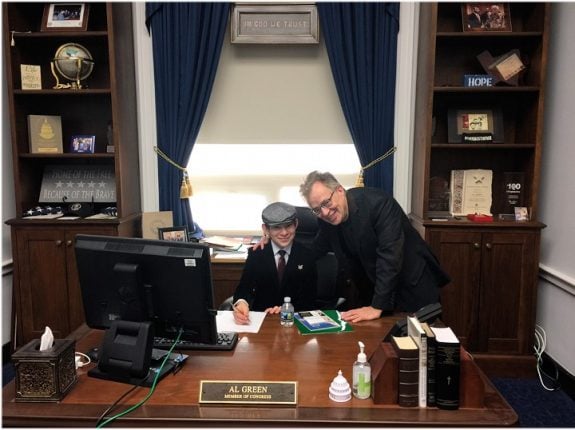
By L.A. “Tony” Kovach – for MHLivingNews.com.
Tony earned a journalism scholarship and earned numerous awards in history and in manufactured housing. For example, he earned the prestigious Lottinville Award in history from the University of Oklahoma, where he studied history and business management. He’s a managing member and co-founder of LifeStyle Factory Homes, LLC, the parent company to MHProNews, and MHLivingNews.com. This article reflects the LLC’s and/or the writer’s position, and may or may not reflect the views of sponsors or supporters.
Connect on LinkedIn: http://www.linkedin.com/in/latonykovach
Recent and Related Reports:
The text/image boxes below are linked to other reports, which can be accessed by clicking on them.

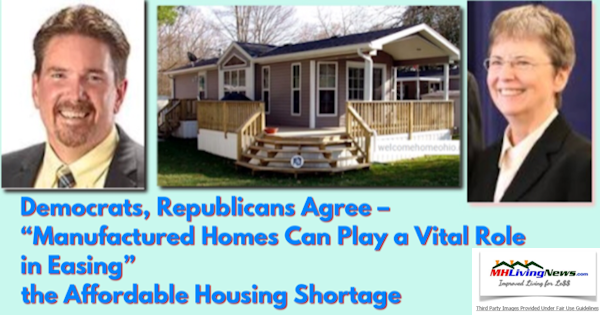
 manufacturedhomelivingnews.com Manufactured Home Living News
manufacturedhomelivingnews.com Manufactured Home Living News




